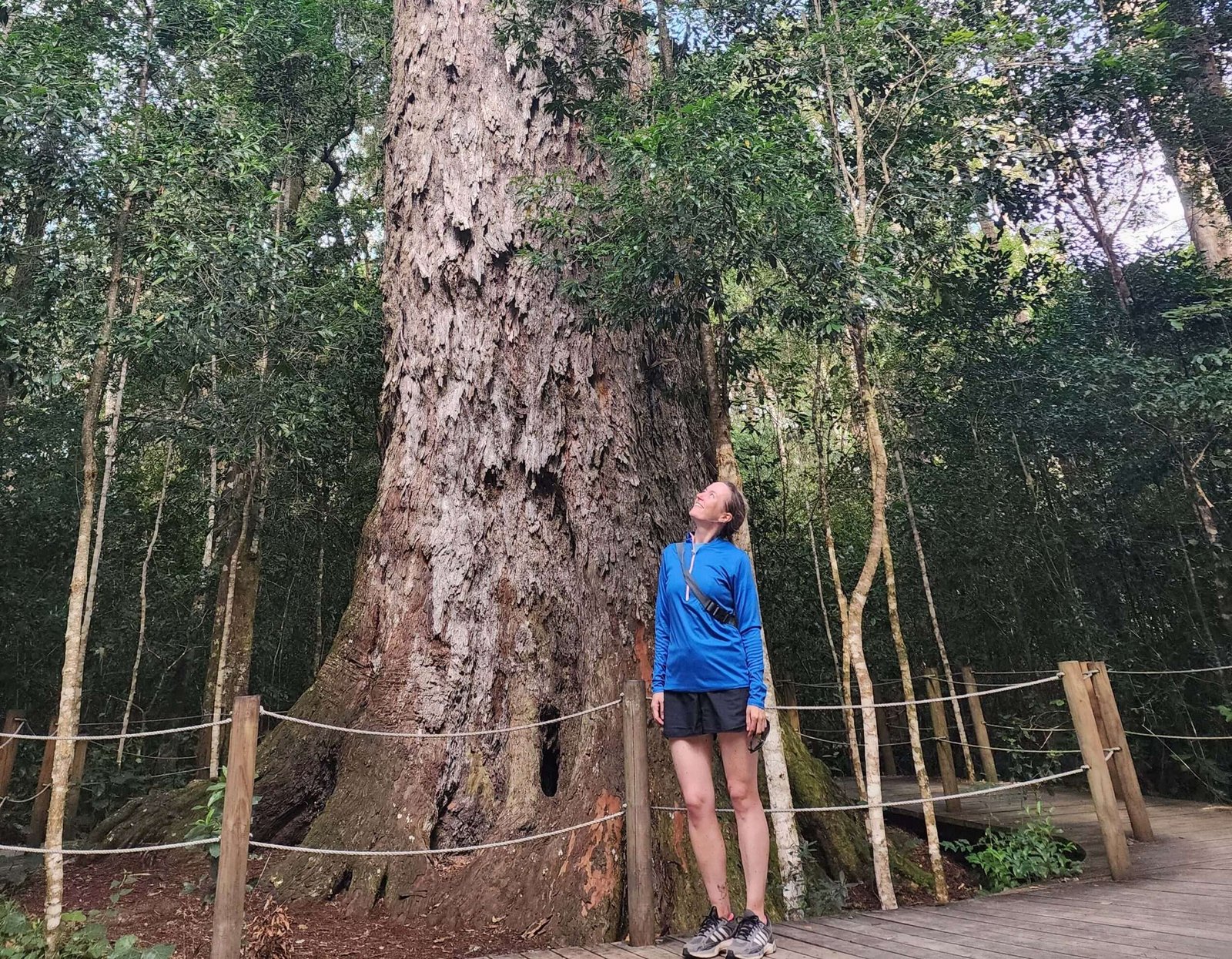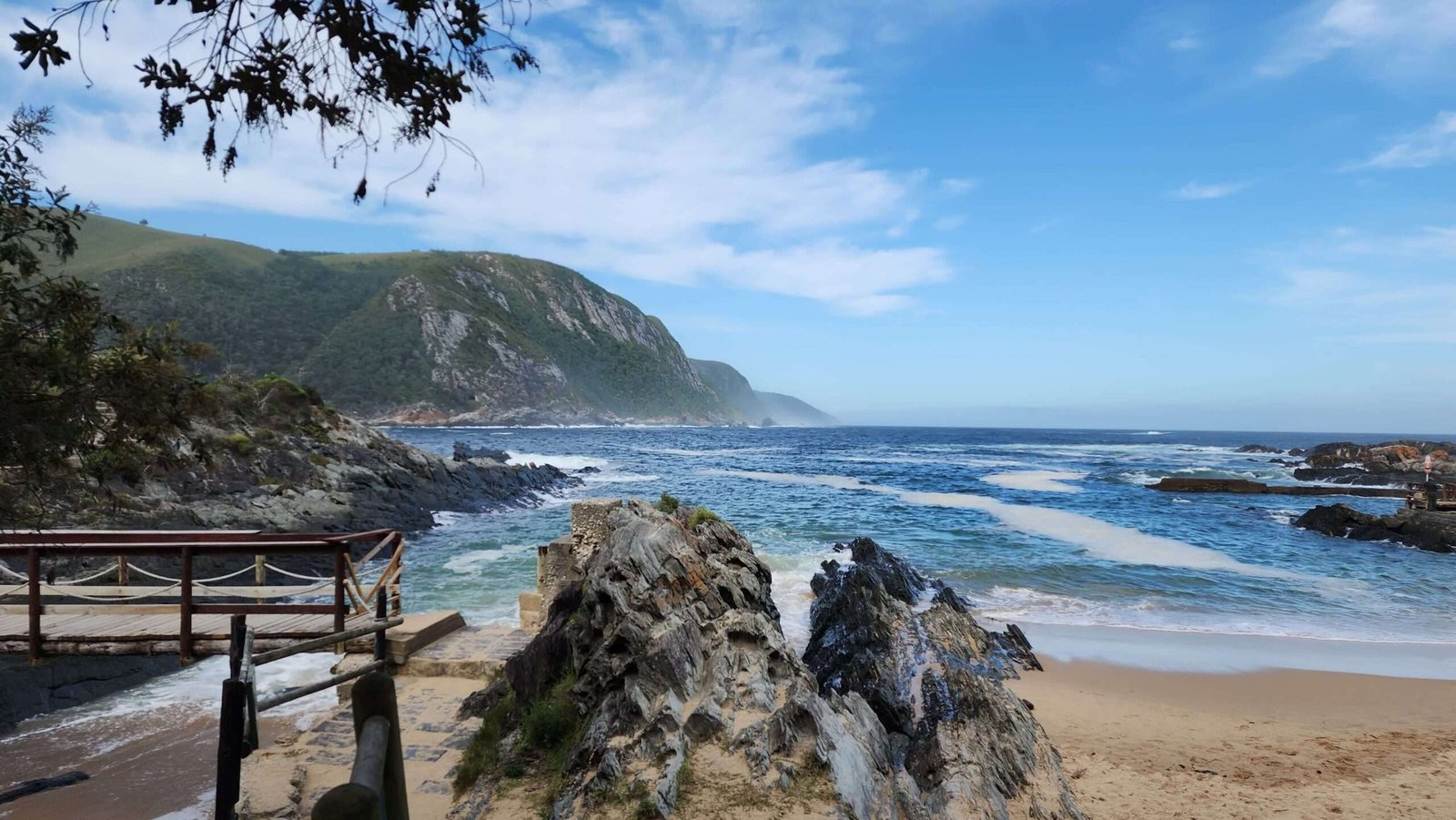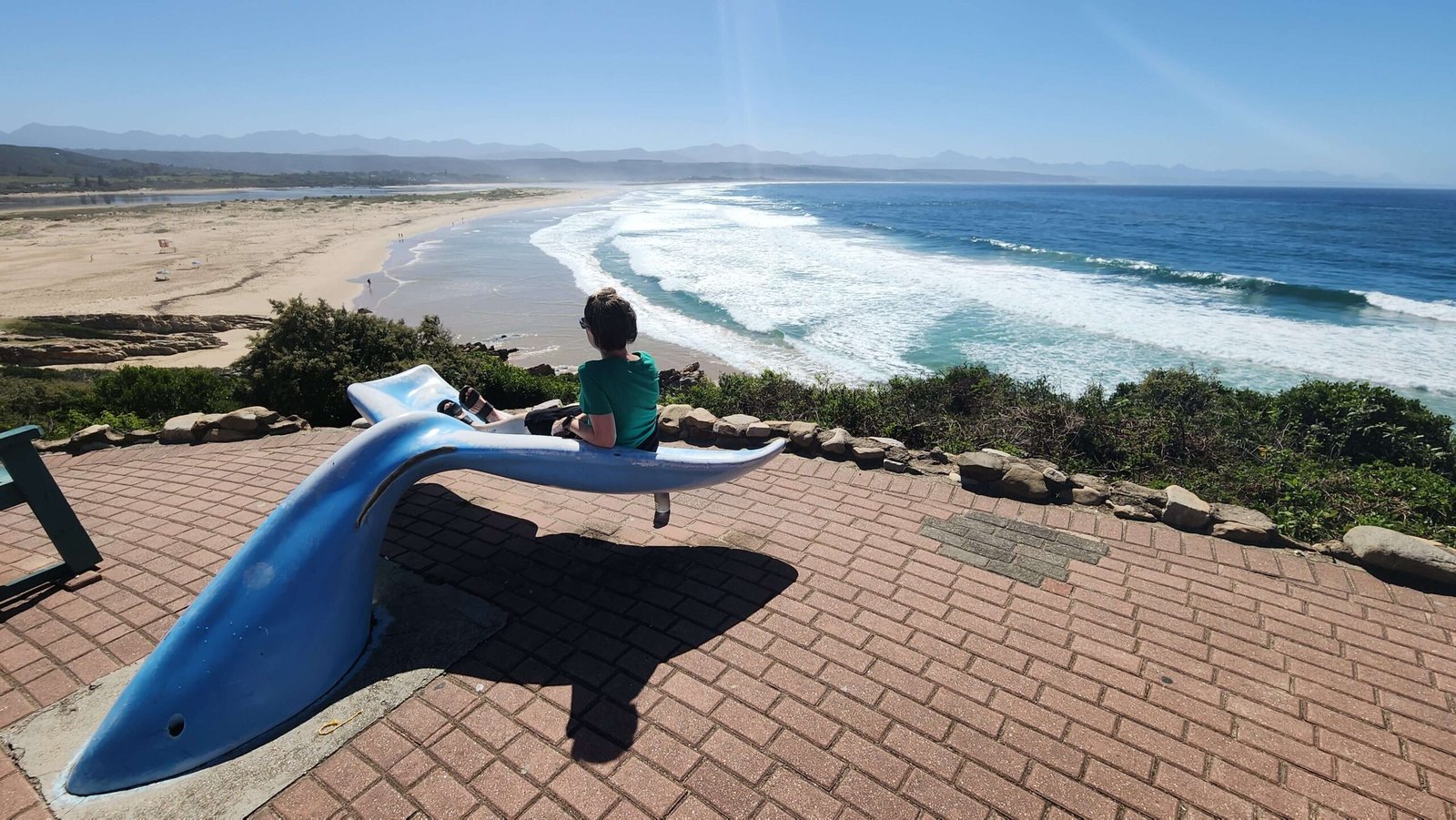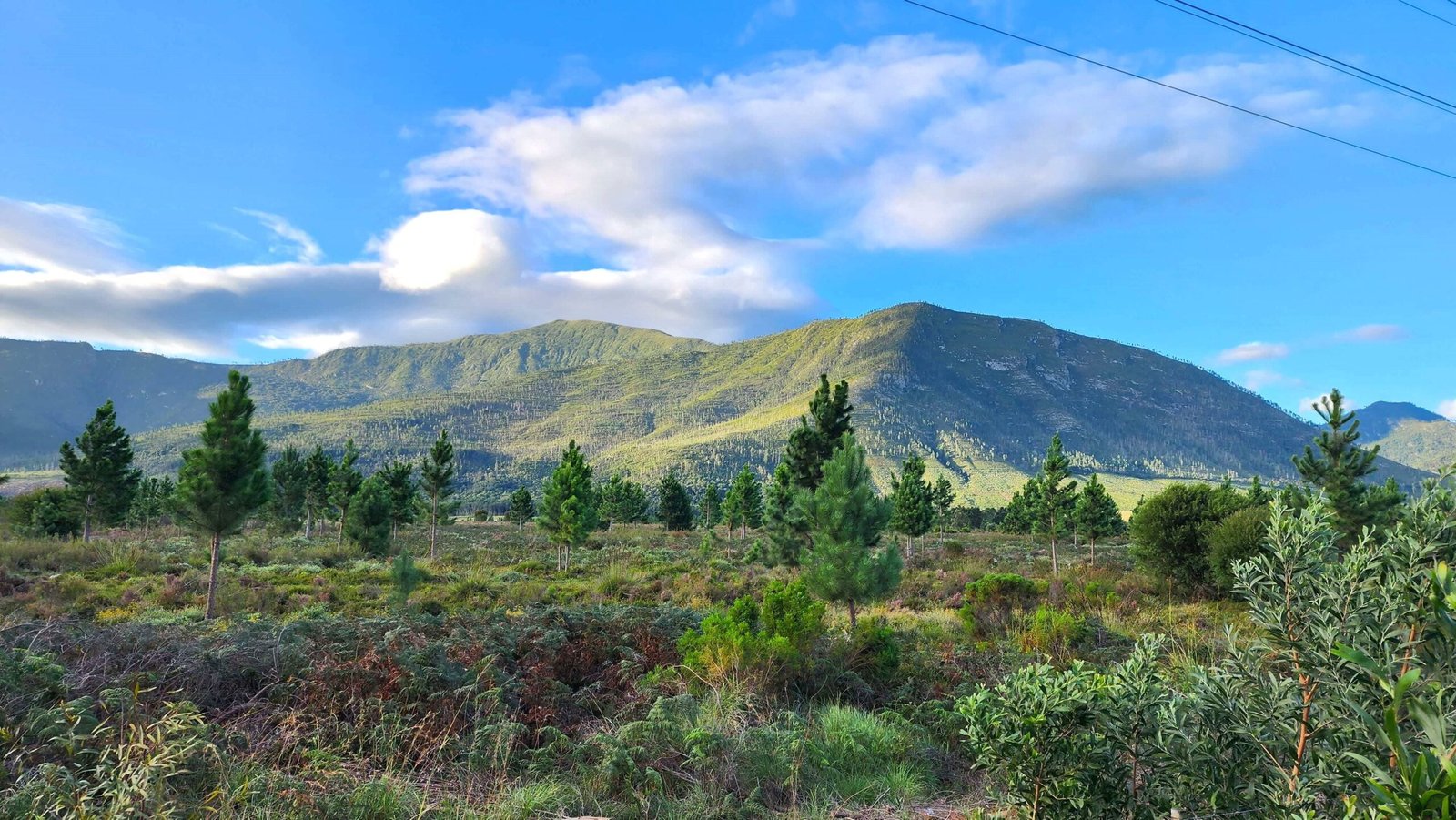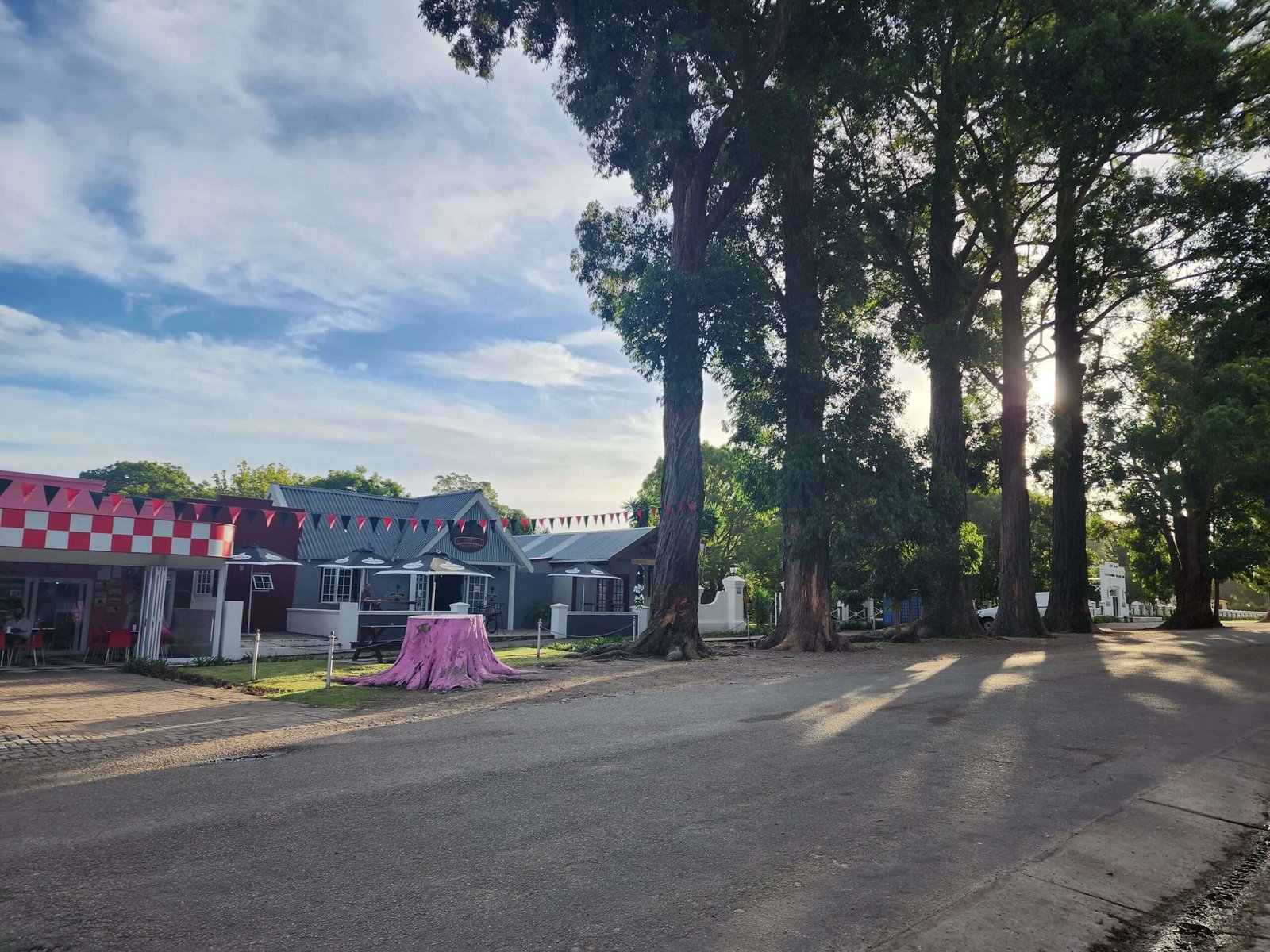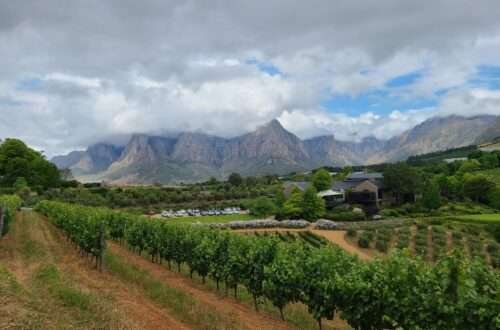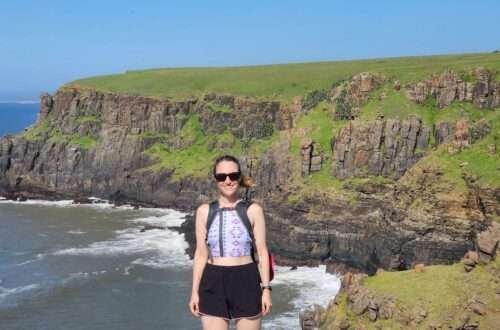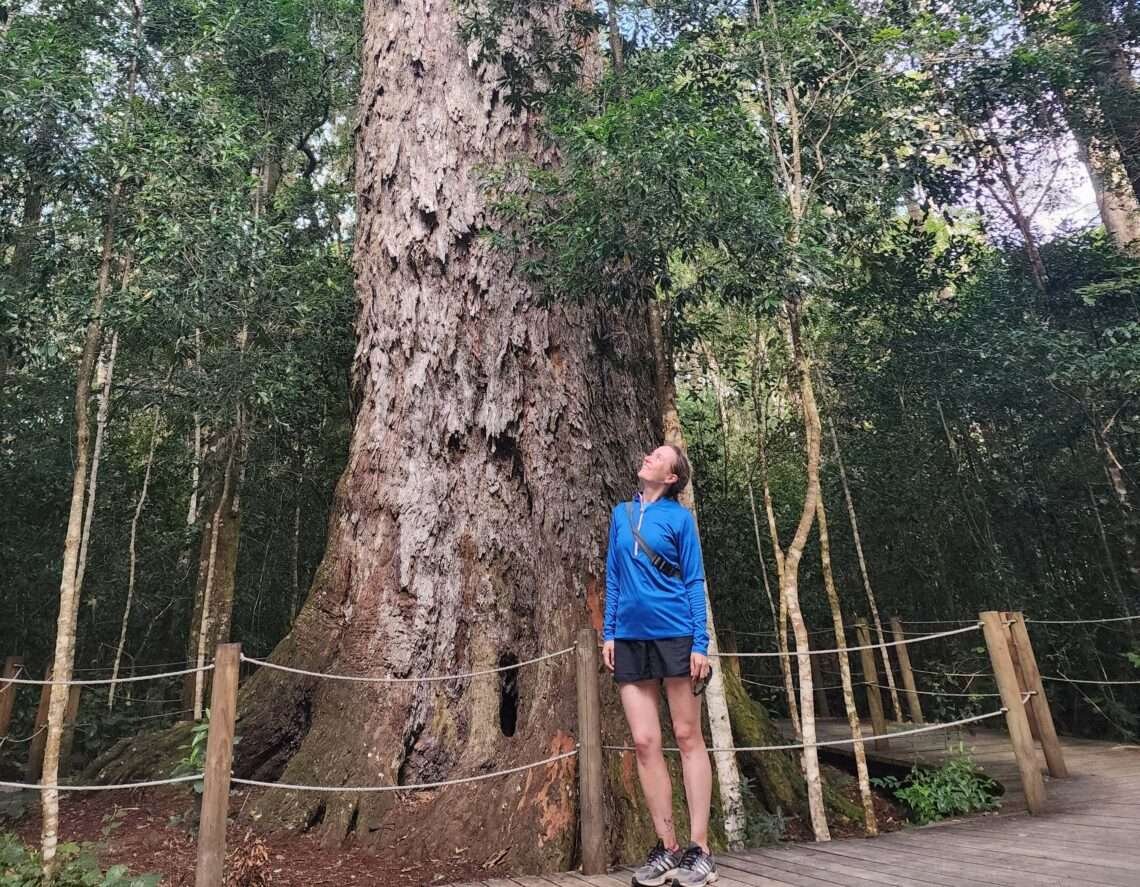
The Big Tree, Tsitsikamma Forest: A Helpful Guide
Located in the Tsitsikamma Forest of the Eastern Cape portion of South Africa’s Garden Route, the Big Tree is a remarkable Yellowwood Tree that stands tall and mighty among the forest giants. It is, in fact, one of the largest and oldest trees in South Africa. This impressive status make it a well-loved attraction in the region.
Important things to know before visiting
Where to begin: The entrance is along the N2 between the Storms River Bridge and the Storms River Village turn off.
Distance and Time: From the parking lot, it’s a short and easy 1km loop on a boardwalk – about a 10-minute walk each way.
Fees: Visitors need to pay a daily conservation fee. As of October 2023, South African residents pay R24 per adult and R14 per child ages 2-11 year old. The fee for Internationals is R72 per adult and R36 per child ages 2-11. To enquire about current rates, email info@tsitsikamma.info
Opening and Closing times: Hours are from 08h00am to 17h00pm throughout the year.
Want to know where to stay near the Big Tree?
Click HERE to jump straight to my Top 2 Accommodation recommendations near The Big Tree.
Alternatively, find some of the best Accomodation near the Big Tree here.
About the Big Tree
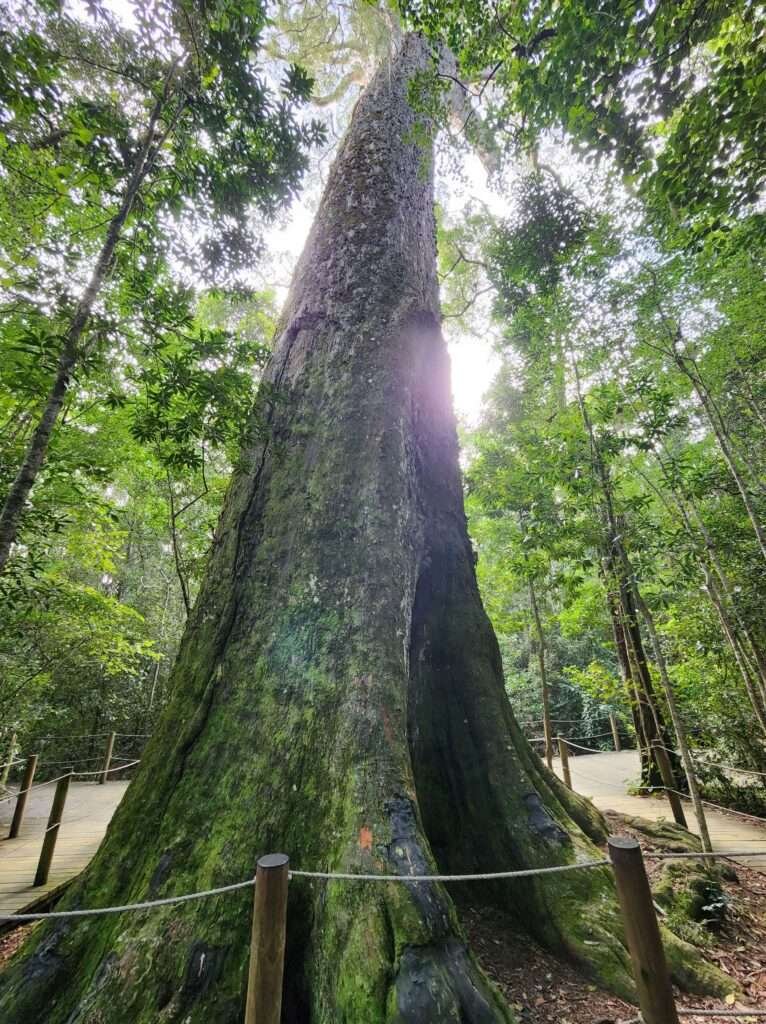
The Big Tree is a remarkable Yellowwood, a species native to South Africa known for its impressive size and long lifespan. The tree stands at a staggering height of 36.6 meters (120 feet) with a girth of 8.2 meters (27 feet) at its widest point. Estimated to be between 600 and 800 years old, the Big Tree is an ancient giant of the Tsitsikamma forest. Standing beneath its massive branches, you can’t help but feel a deep connection to the history and resilience of this magnificent tree.
A visit to the Big Tree
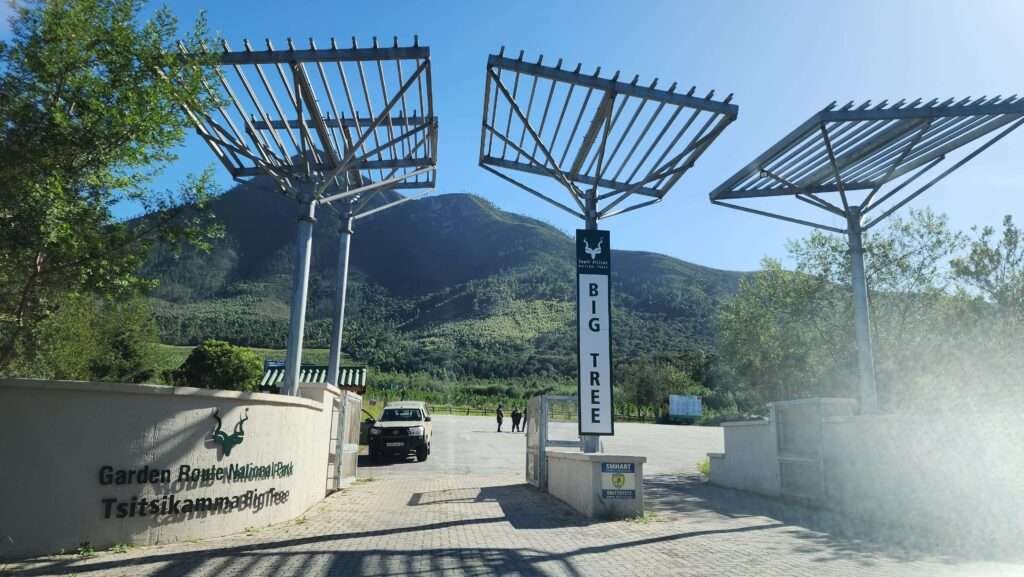
After you pay the entrance fee, it’s just a relaxed 500-meter walk through the beautiful forest. The path is a well-kept boardwalk, making it easy for everyone, including kids. You could hurry to the tree if you want, but I suggest slowing down to enjoy the sights and sounds around you. Listen to the birds, check out the pretty flowers, and appreciate the tall trees.

At the end of the boardwalk, you’ll finally arrive at the Big Tree. No photo can truly capture its incredible size. I found myself tilting my head back at an awkward angle just to catch a glimpse of the top—it’s that massive! Standing there in amazement, I couldn’t help but think about its age; 800 years is a long time to stand watch over this forest. Just imagine the stories this tree could tell…

If you’re eager to explore the forest a bit more, you can take the Ratel Nature Walk that starts at the Big Tree. You have the option of a 2.6 km or a 4.2 km trail, both winding through the forest. Both trails are easy to walk and offer a great way to see more of the forest.
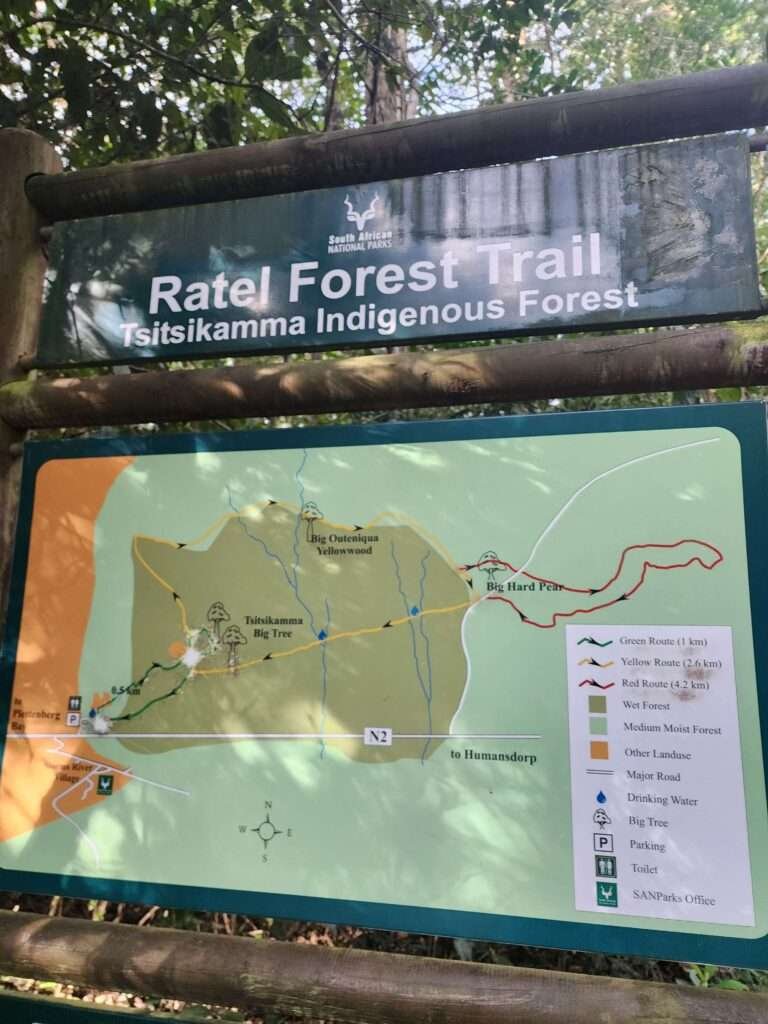
Overall, visiting the Big Tree is more than just a stop. It’s a place where you can slow down, breathe, and enjoy the beauty of nature.
Where to stay near the Big Tree
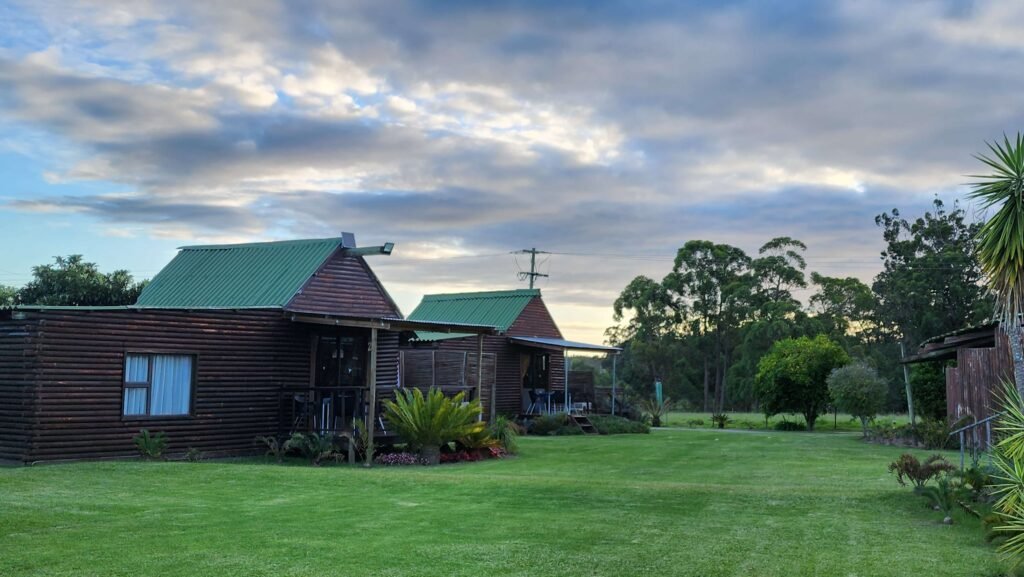
This is one of my personal recommendations and if you’d like to read about our stay, click here.

A helpful tip for visiting the Big Tree
Entrance is included with the conservation fee for entering Storms River Mouth, provided you visit all the attractions on the same day. Before visiting the Big Tree, we managed to complete the Waterfall Trail, the Blue Duiker Trail, the Suspension Bridge (Mouth) Trail at Storms River Mouth and then STILL get to the Big Tree before closing time. That said, it did feel hurried but is manageable if you’re on a time and money budget.
Disclaimer: This post may include affiliate links. If you click one of them, I may receive a small commission at no extra cost to you. Thank You.
The Big Tree, Tsitsikamma Forest: A Helpful Guide
Storms River Mouth Hiking Trails: Your Ultimate Guide
Explore the Best of the Garden Route: A Three-week itinerary
Best things to do in Tsitsikamma National Park
Best things to do at Storms River Village


